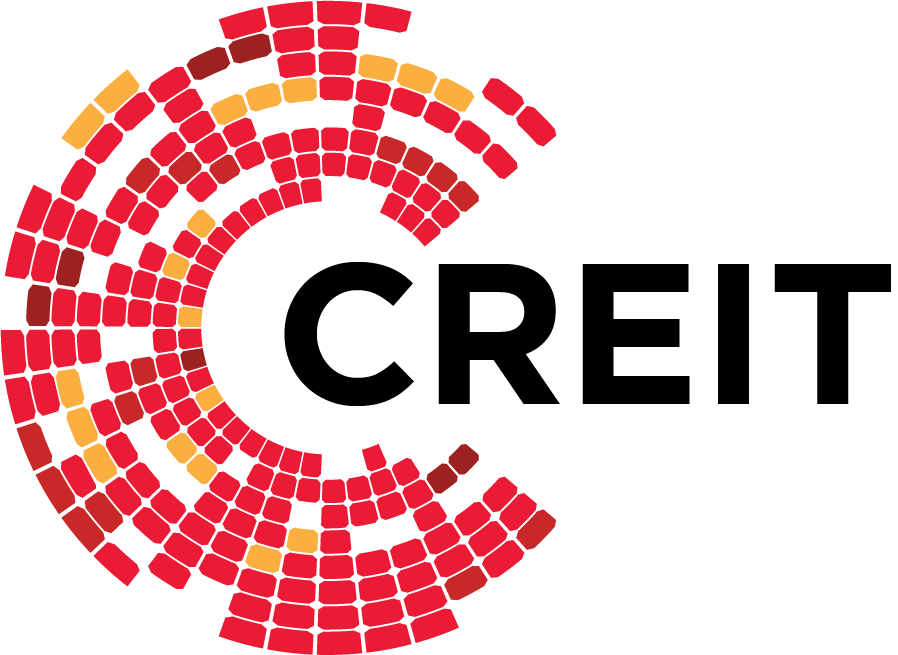As investors today look for smarter, more stable ways to grow their money, one investment option is becoming harder to ignore: REITs, or Real Estate Investment Trusts. Once unfamiliar to most local investors, REITs are now gaining traction in the Philippine market thanks to recent regulatory reforms, increasing awareness, and the rise of specialized REITs in high-growth sectors.
If you’re a new or cautious investor exploring the property market but without the large capital typically needed for real estate, REITs offer a compelling alternative. They’re designed to let everyday investors earn from income-generating real estate, without the hassle of buying, managing, or selling properties themselves.
Even so, with growing popularity also comes confusion. Despite the solid track record and benefits REITs provide, several myths continue to circulate. Let’s start by understanding the landscape, then debunk the most common misconceptions and myths about REITs.
The Rise of REITs in the Philippines
REITs were formally introduced to the Philippines through the REIT Act of 2009, but it wasn’t until 2020—after key amendments to tax regulations—that the first REIT was successfully launched on the Philippine Stock Exchange (PSE).
Since then, REITs have emerged as a viable investment vehicle for Filipinos looking to diversify their portfolios. In fact, multiple REITs today are listed and operating in various sectors, from office leasing and commercial properties to infrastructure and renewable energy. What sets Philippine REITs apart is their promise of inclusive property ownership, opening doors to real estate investing for ordinary citizens, not just wealthy corporations or landowners.
With market capitalization growing and dividend yields proving competitive, the local REIT market is steadily becoming a fixture in the country's financial landscape. The introduction of sector-specific REITs, like Citicore Energy REIT (CREIT), has further expanded investment opportunities beyond traditional commercial real estate.
What’s Driving the Growing Popularity of REITs?
Several benefits explain why REITs are gaining ground among Filipino investors:
1. Passive Income
REITs are required by law to distribute at least 90% of their income as dividends. This regular cash dividend payout makes REITs appealing for those seeking recurring income without having to sell shares.
2. Accessibility
Unlike buying property, investing in REITs doesn’t require millions. You can start with just a few thousand pesos through your trading account on the PSE.
3. Diversification
REITs allow investors to spread their risk across multiple real estate assets and locations—important during volatile market conditions.
4. Liquidity
Because REITs are traded like stocks, you can buy or sell shares any time the market is open, unlike physical real estate, which takes time to offload.
5. Professional Management
REITs are managed by experienced firms that handle asset selection, leasing, and maintenance, thereby taking the heavy lifting off your shoulders.

Common Myths About REITs
Nonetheless, despite their rising popularity, REITs remain widely misunderstood. Many investors still hesitate to explore them due to outdated beliefs or half-truths passed around in online forums or casual conversations.
Below, we break down the most common myths about REITs, especially those heard in Philippine investing circles. And in the process, we’ll explain the facts every investor should know about this smart investment option.
Myth 1: “REITs are basically the same as owning real estate.”
The Truth: While REITs are built on real estate assets, owning a REIT share is not the same as owning a condominium or a building. You don’t become a landlord; instead, you become a shareholder in a company that manages and profits from income-generating properties. This distinction matters because REITs offer greater liquidity, lower entry costs, and zero responsibility for property upkeep.
Myth 2: “You need a huge amount of capital to invest in REITs.”
The Truth: Unlike buying property, investing in a REIT doesn’t require millions. You can start with just a few thousand pesos by purchasing shares on the Philippine Stock Exchange. This makes REITs one of the most accessible ways for new and modest-income investors to participate in real estate.
Myth 3: “REITs are too risky during economic downturns.”
The Truth: It’s true that like all publicly traded assets, REITs are exposed to market swings. But many REITs, especially those in essential sectors like energy and infrastructure, hold long-term lease contracts. These, in turn, provide stable income regardless of short-term economic shifts. Diversified REITs are often more resilient than individual properties during recessions.
Myth 4: “REIT dividends are always tax-free.”
The Truth: In the Philippines, dividends from REITs are generally subject to a 10% final withholding tax for local investors. While still tax-efficient compared to other investment vehicles, it’s important for investors to account for this when planning their returns. The key takeaway: they’re not exempt, but they remain attractive due to consistent payouts.
Myth 5: “All REITs are created equal.”
The Truth: Just like companies, REITs have different strategies, asset types, and risk levels. Some focus on commercial buildings; others on hotels, logistics centers, or renewable energy facilities. Each comes with its own income potential and risk exposure. Investors need to understand the underlying assets and sector dynamics before investing.
Myth 6: “REITs are only good for short-term trading.”
The Truth: Granted, some traders do capitalize on REIT price movements. However, the real strength of REITs lies in their long-term dividend yield and portfolio growth. For example, holding REITs like CREIT over time allows investors to earn from both regular cash dividends and capital appreciation, making them ideal for retirement planning or wealth-building goals.
Myth 7: “REITs can’t keep up with inflation.”
The Truth: Many REITs include inflation-linked clauses in their lease agreements, especially those with institutional or long-term tenants. This allows them to gradually increase rental income, helping protect investor returns from inflation erosion. In sectors like energy, revenue contracts may be pegged to inflation-adjusted benchmarks as well.

Invest in the First Renewable Energy REIT in the Philippines
If you’re looking to break into REIT investing while also contributing to the country’s clean energy goals, CREIT offers a unique and future-ready opportunity.
As the Philippines’ first renewable energy REIT, CREIT allows investors to earn from solar energy properties while supporting a transition to sustainable development. Unlike traditional REITs centered on malls or office towers, CREIT’s portfolio is built around power generation—an essential industry that continues to operate even in times of economic uncertainty.
Because REITs offer a combination of passive income, capital appreciation, and sustainability, CREIT stands out as a smart choice for investors who want both impact and returns.
Make Your First REIT Investment Count with CREIT
Don’t let myths about REITs hold you back from a potentially rewarding investment. Whether you're aiming for long-term growth or regular income, REITs offer a practical, proven path, especially when anchored in crisis-resilient industries like renewable energy. And with CREIT leading the way as the country’s first renewable energy REIT, you now have the opportunity to grow your portfolio while supporting a cleaner, greener future.
Learn more about our portfolio and see how your investments can power actual, real change. Contact us today to know more.


